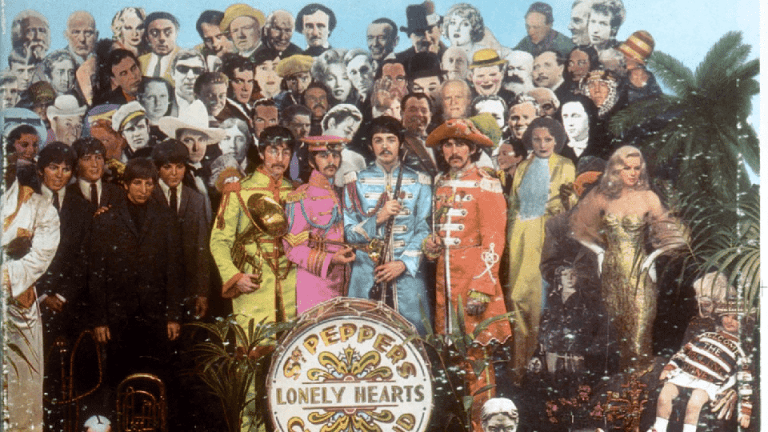Follow us
How K-pop Revolutionized the Music Industry

For a few years now, K-pop has been one of the most popular musical genres in the world, known for its funky rhythm, precise choreography, and effervescent music videos. If South Korean pop stars have conquered the Western audience, they owe part of their rise and fame to the Internet and social media.
In 2012, Psy’s song “Gangnam Style” initiated what later became a K-pop fever. On YouTube, the clip quickly established itself as a reference for the entire genre, becoming the first video ever to have over a billion views. For South Korea, the sudden spotlight was unexpected, as the musical genre had existed for about two decades without any significant impact on Western audiences. Soon, the local entertainment industry developed a strategy to conquer the Internet and keep us entertained.
At the heart of this plan is online virality, with YouTube serving as an ideal platform for broadcasting new music videos. According to statistics, nine out of the ten music videos that generated the most views in the first 24 hours of broadcast are K-pop clips. To ensure its success, the K-pop industry now relies on colorful and dynamic productions filled with special effects, reflecting the colossal budgets allocated to the artists. The choreography is flawless, and the effects are extravagant. Everything is orchestrated in a way that makes us want to see more.
Little by little, the major labels in the industry are becoming heavyweights in South Korea. Due to the constant competition, music executives select a huge number of aspirants they tend to transform into real idols. The latter are grouped into bands, whose composition is also precisely tailored to arouse the enthusiasm of the fans. Among the most popular boy and girl bands made in South Korea, BTS – with almost 33 million sold albums – and Blackpink currently occupy the top of the music charts around the world.
Over the years, the K-pop industry started opening its doors to other talents, especially from other Asian countries, but also from the United States and Europe. Among them is the Belgian-Senegalese Fatou, the first-ever black K-pop idol, who became the leader of the girl band Black Swan in 2020. Even if the main language is still Korean, the diversity should retain and inspire fans around the world.
In fact, the origin is nowadays much less important than the aspirants’ skills. Surely, a future idol must know how to sing, but also how to dance, as choreography is an integral part of the K-pop universe. The dance part is so impactful that people on social media study it and try to copy it for their covers.
If YouTube is the main channel for sharing original music videos, Instagram serves as a platform to communicate with the audience, and TikTok is used to share dance performances, successfully covering the majority of the virtual space and staying in frequent touch with fans. Perhaps it works well, despite the robotic system of training new idols, which has been criticized several times in Western media outlets; K-pop fans spend 2.4 times more money on items than fans of other genres.
-Gabriel Karkovsky
Fair use image from Psy’s “Gangnam Style”
















